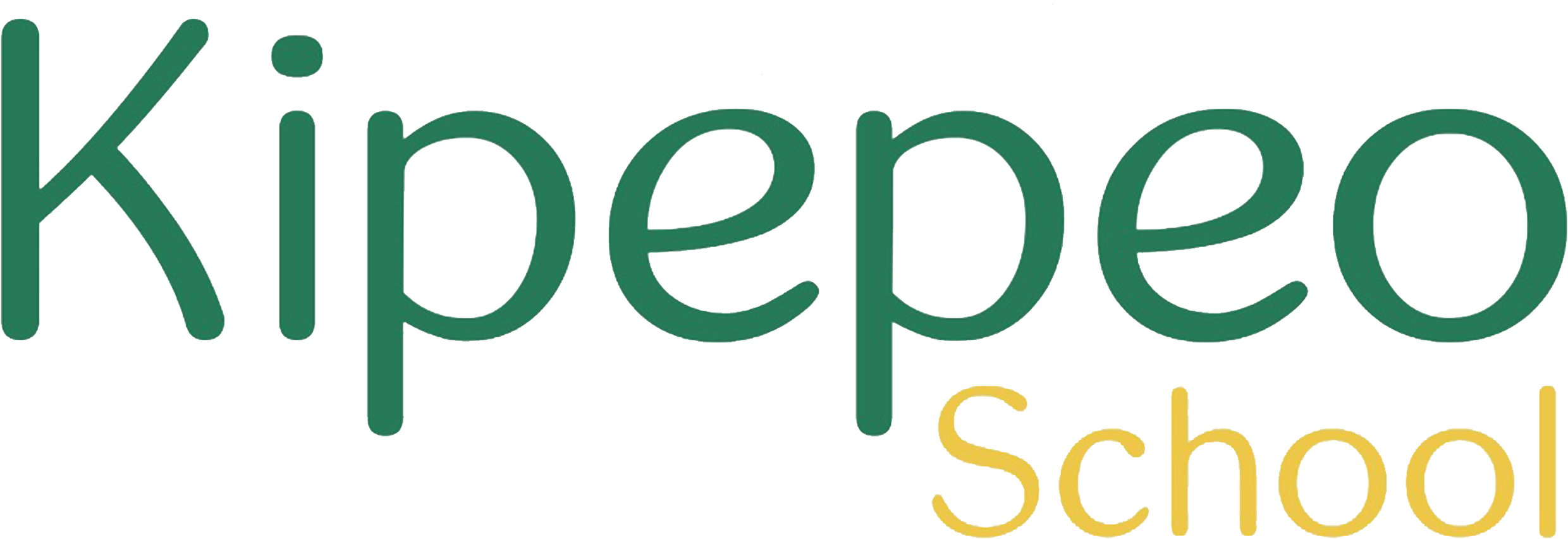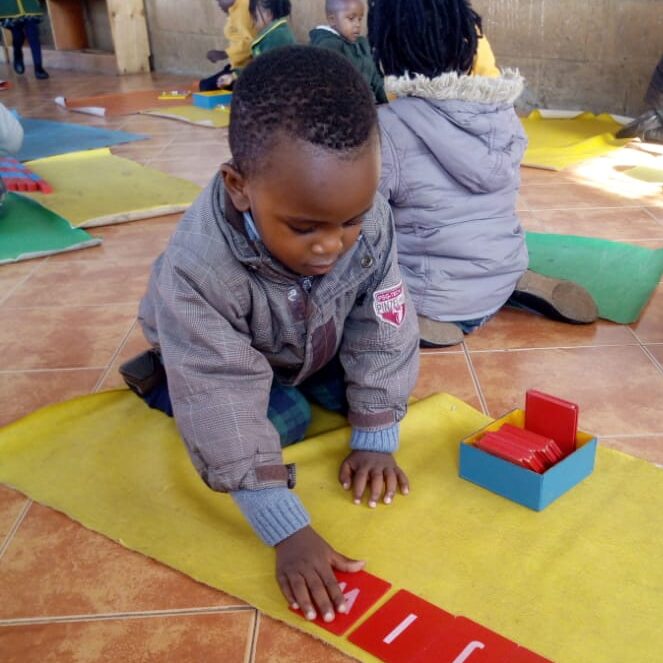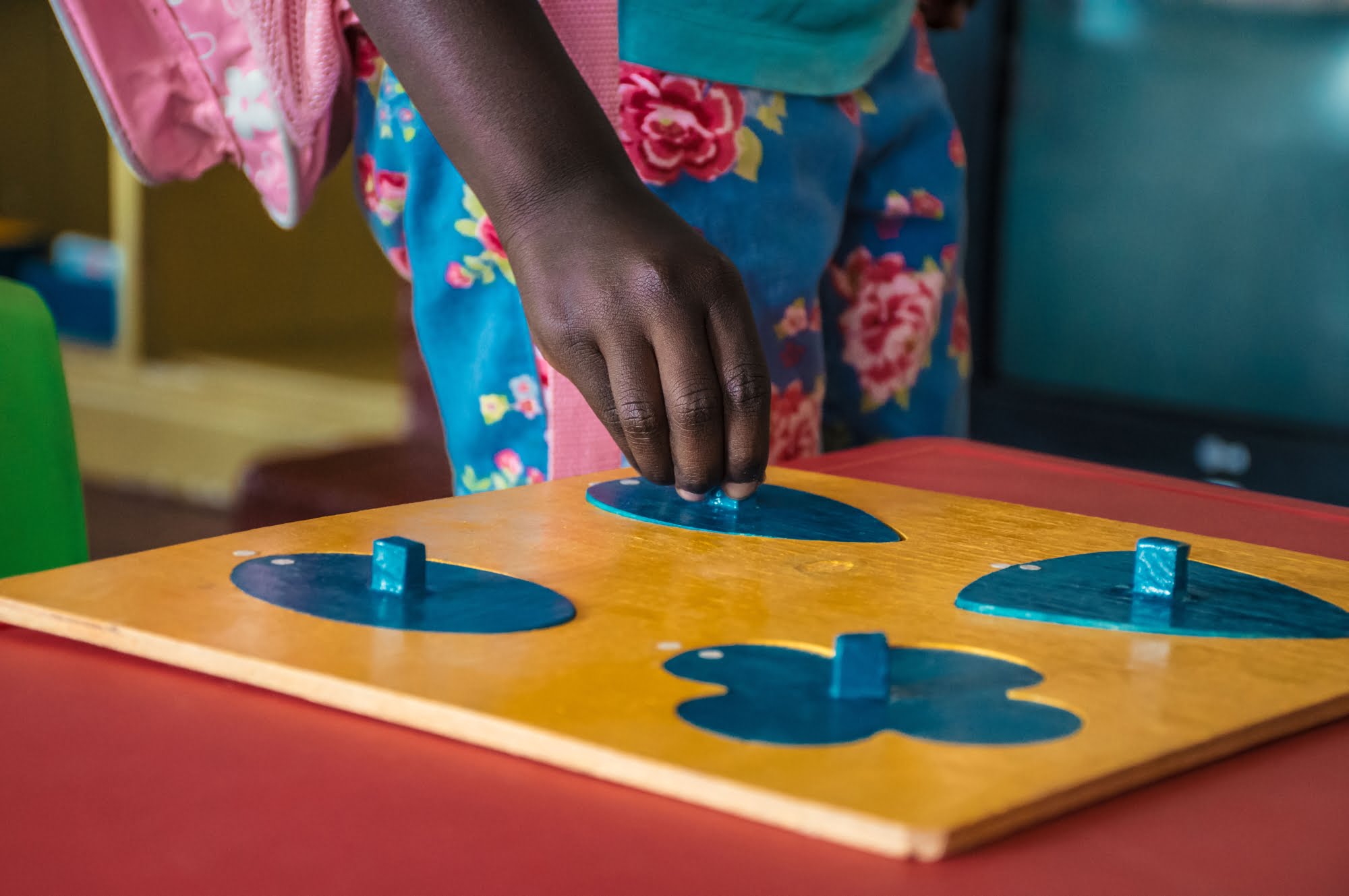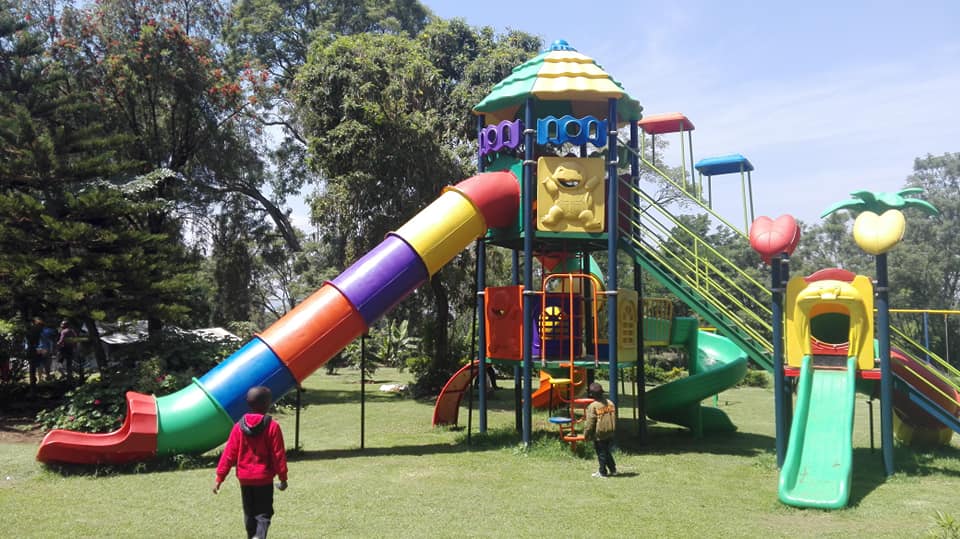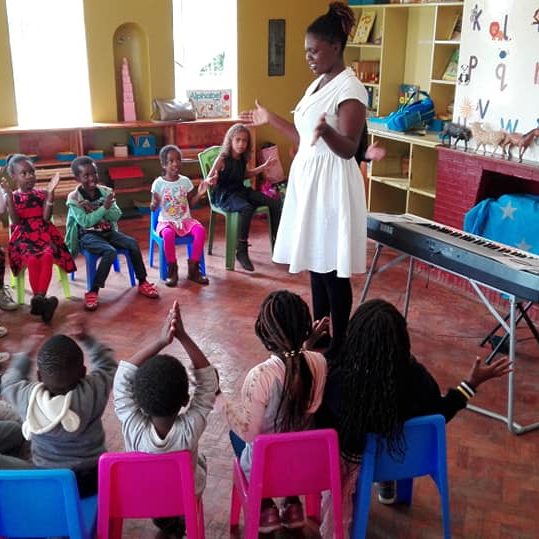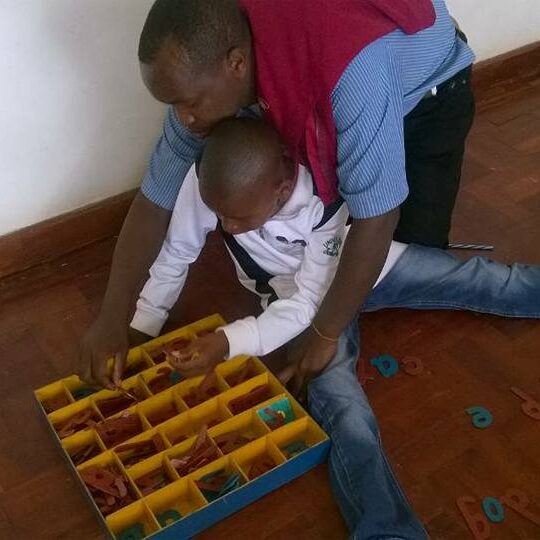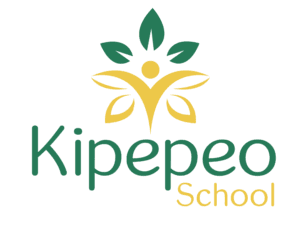Introduction
In today’s diverse educational landscape, traditional one-size-fits-all teaching approaches may not fully cater to the unique needs and learning styles of every student. As educators strive to create an inclusive and supportive learning environment, personalized learning plans have emerged as a valuable tool in tailoring education for individual success. These plans allow educators to understand students’ strengths, weaknesses, interests, and learning preferences, enabling them to craft personalized approaches that optimize learning outcomes. In this article, we will explore the significance of personalized learning plans in a therapeutic setting, highlighting success stories and the positive impact they have on students.
Understanding Personalized Learning Plans
What are Personalized Learning Plans (PLPs)?
Personalized Learning Plans, often referred to as PLPs, are comprehensive educational strategies designed to accommodate the specific learning needs of each student. Unlike traditional educational methods, which follow a standardized curriculum, PLPs take into account individual differences and preferences to create a customized learning experience.
The Importance of PLPs in a Therapeutic Setting
In a therapeutic educational setting, where students may face diverse challenges such as learning disabilities, emotional trauma, or behavioral issues, personalized learning plans play a pivotal role. These plans provide a nurturing environment that fosters students’ intellectual, emotional, and social growth.
Crafting Personalized Learning Plans
Identifying Individual Learning Styles
The first step in creating effective PLPs is identifying each student’s learning style. Visual, auditory, kinesthetic, and reading/writing are the four primary learning styles. By understanding how a student learns best, educators can tailor their instructional methods accordingly.
Assessing Strengths and Weaknesses
Conducting comprehensive assessments of students’ academic strengths and weaknesses is crucial. These assessments help educators identify areas where a student excels and areas where they may need additional support, allowing for targeted interventions.
Setting Realistic Goals
PLPs involve setting achievable, measurable, and time-bound goals. By collaborating with students and their parents or guardians, educators can establish goals that align with the student’s interests and aspirations, ensuring a sense of ownership and motivation.
Adapting Teaching Strategies
Flexibility is key in personalized learning plans. Educators must be willing to adapt their teaching strategies based on ongoing observations and feedback from students. This approach empowers students to engage actively in the learning process and nurtures a positive educational experience.
Success Stories of Personalized Learning Plans
Case Study 1: Empowering Academic Excellence
In a therapeutic school, a student named Emily struggled with dyslexia, making it challenging for her to keep up with her peers. With a personalized learning plan tailored to her needs, Emily’s teachers utilized multisensory teaching methods to accommodate her learning style. As a result, Emily’s confidence and reading skills significantly improved, leading to outstanding academic performance.
Case Study 2: Building Emotional Resilience
John, a student dealing with emotional trauma, found it difficult to concentrate in a traditional classroom setting. His personalized learning plan included one-on-one sessions with a counselor and a flexible schedule to accommodate his emotional needs. Over time, John’s emotional resilience grew, and he began actively participating in class, achieving both academic and personal growth.
The Positive Impact of PLPs on Students
Enhancing Student Engagement
Personalized learning plans foster a sense of engagement and ownership in students. As they see their interests and preferences reflected in their education, students become more enthusiastic about learning.
Boosting Academic Performance
Studies have shown that students enrolled in personalized learning plans demonstrate improved academic performance. These plans target specific learning gaps and focus on building a strong foundation for future academic success.
Nurturing Emotional Well-being
In a therapeutic setting, PLPs address not only academic needs but also emotional well-being. By considering a student’s mental health and providing appropriate support, these plans create a safe and supportive environment for learning.
Conclusion
Personalized learning plans represent a powerful shift in the education system, catering to the diverse needs of students in a therapeutic setting. By acknowledging individual differences, strengths, and challenges, educators can create an environment where every student can thrive. The success stories of Emily and John demonstrate the potential transformative impact of personalized learning plans on students’ academic and emotional growth. As we move forward, it is essential to embrace the value of PLPs and continue advocating for tailored educational approaches that promote individual success.
FAQs
- Are personalized learning plans only beneficial in therapeutic schools? While PLPs are particularly valuable in therapeutic settings, they can benefit students across various educational environments by providing a more tailored learning experience.
- Can personalized learning plans accommodate students with severe learning disabilities? Yes, PLPs can be adapted to cater to students with diverse learning needs, including those with severe learning disabilities, by tailoring instructional methods and providing appropriate support.
- Do personalized learning plans require a lot of additional resources and funding? While implementing personalized learning plans may require some initial investment, the long-term benefits in terms of student engagement and academic success often outweigh the costs.
- How can educators keep track of students’ progress in personalized learning plans? Educators can use various assessment methods, regular feedback, and ongoing communication with students and their families to monitor progress effectively.
- Can personalized learning plans be applied to higher education institutions? Yes, personalized learning plans can be adapted for use in higher education, offering students a more individualized and enriching learning experience.

